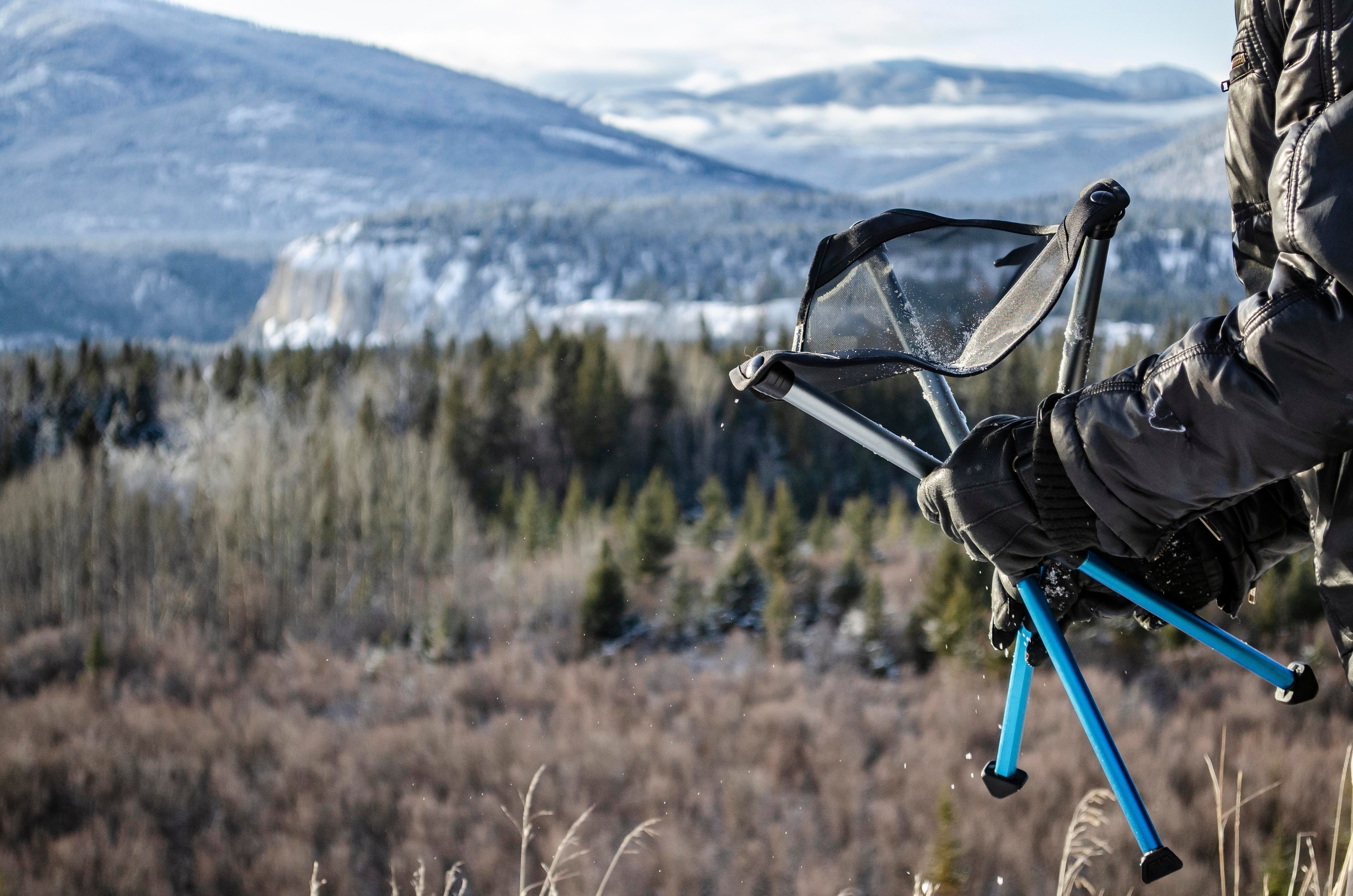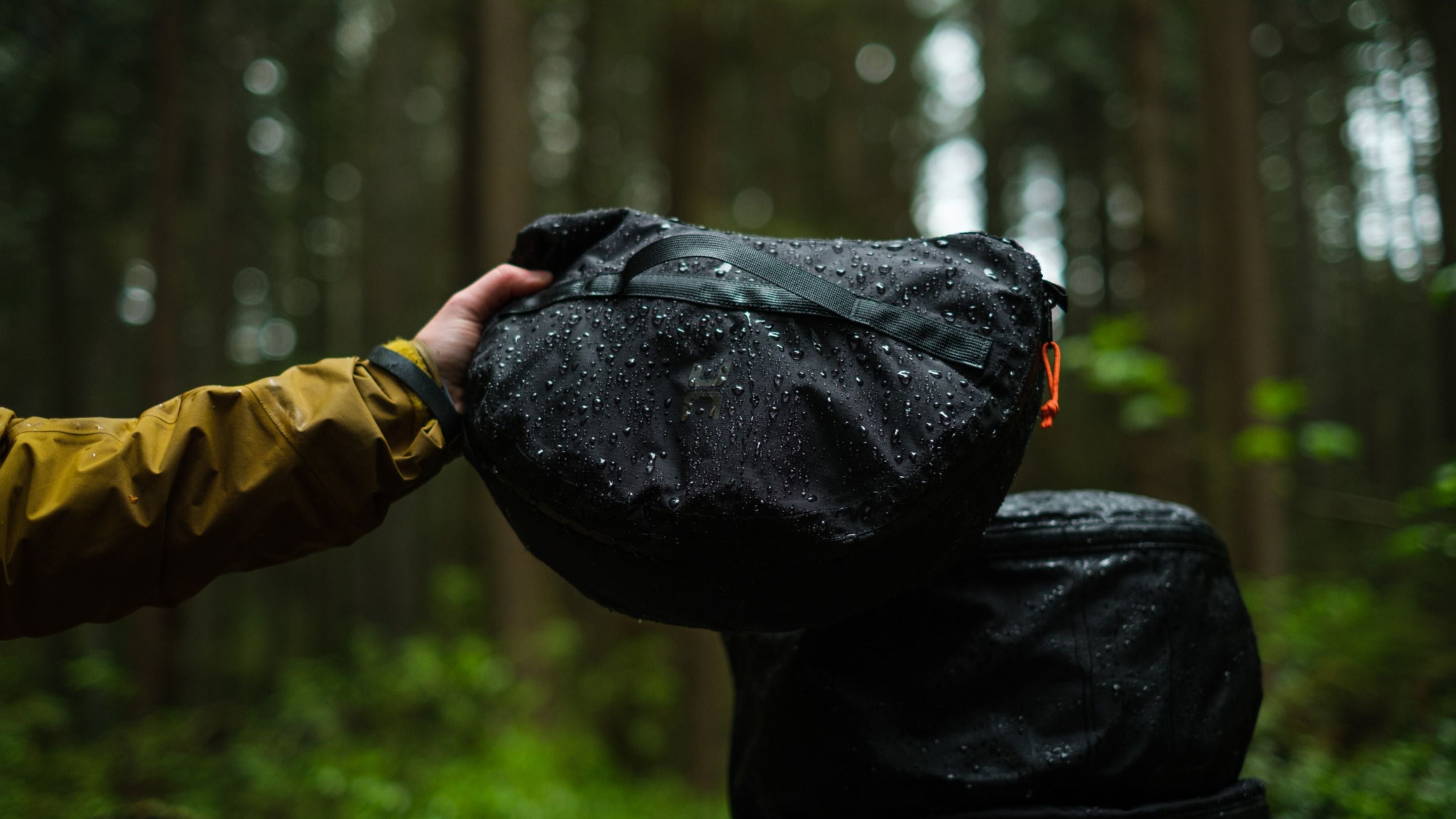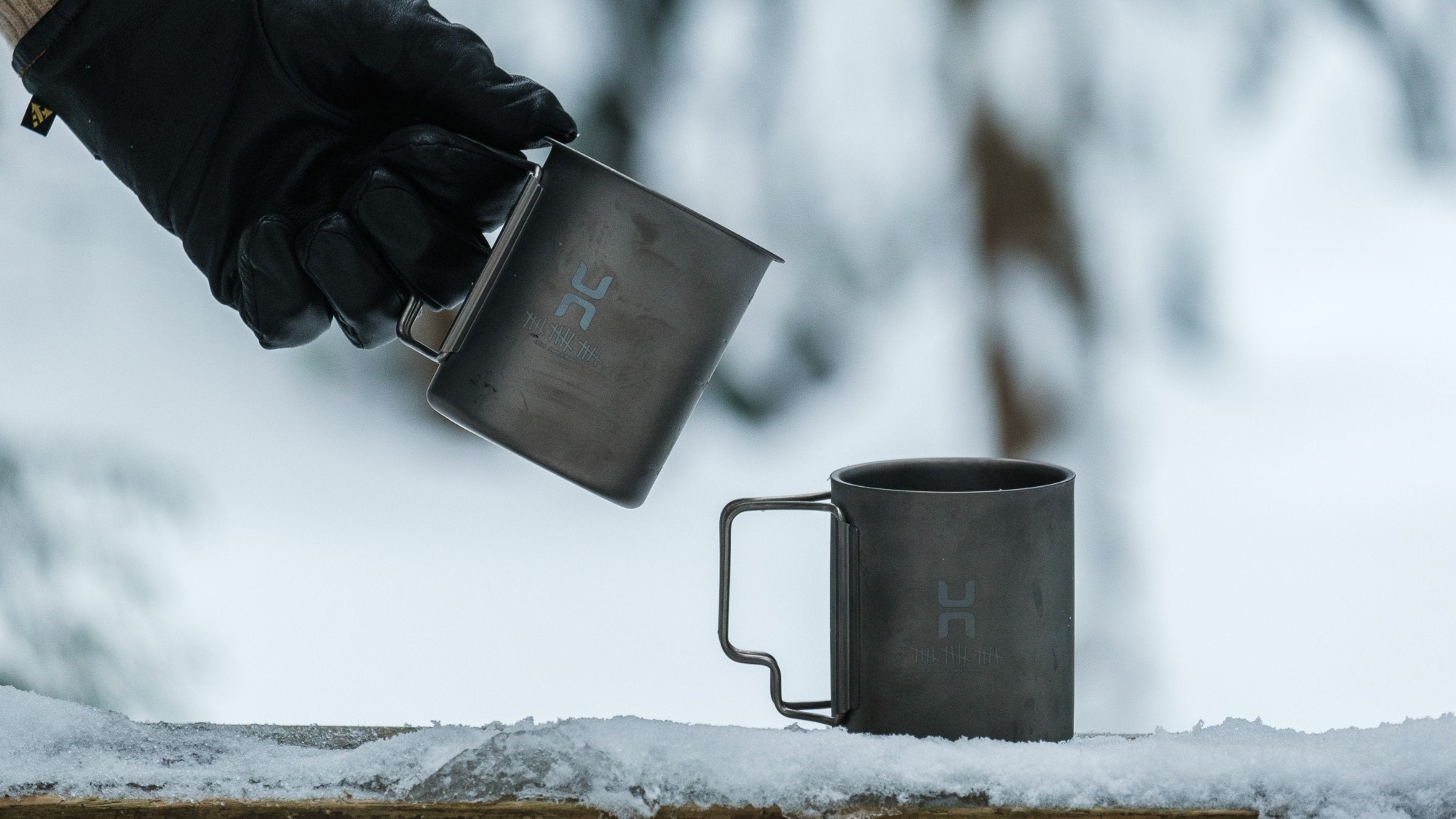The 10 Essentials for Hiking: Tips from Michael Coyne
Originally Posted on June 9, 2016
As founder of the outdoor experience company, Expedition Outreach, Michael Coyne has spent many nights sleeping under the stars and found himself in more than one challenging wilderness situation. Michael has scaled mountains in Alaska, Iceland and Africa as part of Expedition Outreach’s wilderness adventures. In this guest post, Michael discusses the 10 essentials of camping and hiking. These are the items that should be brought along on every adventure into the wilderness in order to give the best chance of survival in an emergency situation.
The 10 Essentials for Camping & Hiking
Tried & true or outdated?
Having led expeditions for over 15 years I would humbly offer that it’s time we tweaked this list a bit. ‘Light is Right’ in the mountains and the ‘stuff’ we pack adds up quickly in weight. This can be dangerous because it slows you down if a storm rolls in or avalanche conditions change and quick travel to safety is necessary. As mountaineers we make compromises. Here’s my thoughts and gear suggestions for the 10 essentials.
Map
If you don’t know the area like the back of your hand, a map is a necessity. I hike all the time in my home mountains without one. But on the majority of occasions that you don a pack and venture into the wilderness, a map will be required.
Compass
A compass is only useful if you know how to use it and have trained with it. Otherwise, it’s just a piece of dead weight. I use a Sector altimeter watch in conjunction with a map, depending upon my familiarity with the territory. GPS is awesome right? But I am cautious of a GPS watch or device being your only source of guidance because things happen to electronics when you need them the most.
Whistle
Not all are created equal. When on expedition our team use Bearcom Motorola radios, but I also have a whistle attached right on my Osprey pack. The ones made for kayaking and SCUBA diving are lighter and louder than most.
Extra water
Yes, but “How much?” is the real question. Food and water can add pounds, not ounces, to your pack. I use water right from my Camelbak bladder built into my Osprey backpack and also carry a wide-mouthed Nalgene bottle to use with high energy drinks like BRL’s Trifuel or UR Driven. Try a super light water filter or, better yet, an EcoVessel water bottle with a built in water filter. Make sure to check you map for water sources en route before setting out.
Extra Food
In the past, hikers used to get their condensed nutrition from loaves of bread, cheese and logs of salty meat, but today we can do much better. Now, we have super nutrition like high-protein Ostrim Jerky, protein bars and supplements like EPO Boost, Sports Legs and Altitude RX to keep us moving. Just remember, chocolate is health food in the mountains. Make snacks easily accessible- for example, I put my snacks in a side pocket on my pack or a Ribz Front Pack.
Rain gear and extra clothing
During the spring, summer and fall all you need is a super-light rain system like a two-layer Gortex jacket. In the shoulder seasons of late fall and early spring, the same light system usually suffices, only remember to bring the waterproof bottoms as well. For the middle of winter, one-piece altitude suits rule! But many people like a 3-ply Gortex jacket and bib or pant system. I have a nice set from Red Ledge that is really lightweight. Too much extra clothing will weigh you down. In the old days we brought changes of socks because boots back then were not all that waterproof, but improvements in technology and manufacturing mean today’s boots are very reliable. Vasque is my favorite boot brand, but we all have a brand that fits us best. I add a Spenco insole that is specially designed to add additional warmth and a Forty Below over boot in arctic conditions. Most of the time a nice gaiter and boot combo does the job. The gaiters Hillsound make are waterproof and ensure you don’t need the extra socks, unless fording rivers is in your itinerary! Multi-day trips do require extra socks and I use Thorlo exclusively- they cater to mountain sport athletes by designing socks for every particular type of mountaineering, trail running, skiing and snowboarding. You name it and they have a sock for it! Clothing is all about layering and that’s what our team does on expedition. I use Terramar underwear because it also looks cool as outerwear (as so often happens when backpacking for days on end). Terramar has a high warmth to weight ratio and several of their tops have hoods, so with a baseball hat you are all set in pouring rain.
Winter extras include a BekoGear nose guard and Cold Avenger face mask. A Smith goggle with a turbo anti-fog fan and extra batteries for it can also be useful if the conditions call for it. But in most cases I use my Oakley Split Jacket prescription sunglasses as glacier glasses, while my wife, Serenity, prefers Wiley X sunglasses. I carry a Terramar lightweight balaclava- no heavy hats. For gloves, I’ve use Hot Fingers since 1995 and always carry an extra fleece glove with me. Sunscreen from Dermatone also protects against wind burn & frostbite. They come in nice lightweight, small bottles. The difference in comfort levels on wilderness expeditions comes down to the willingness to take the time out from the hike to hydrate, eat, apply lip balm and sunscreen. Even when you are tired and want to press on, or cold because you are exposed to intense winds and distracted by your goal of reaching your destination.
Fire starter
I have never carried matches. They have never worked for me as even the windproof ones seem to fail when you need them most- like in alpine-zone hurricane force winds. I do what many climbers do: use electrical tape to secure a lighter around my neck, attached to a thin Perlon necklace made with a double fisherman’s knot. You can also carry your Dermatone lip balm here as well. Keep your lighters warm and have two backups if you are going to be outside for a long time.
First aid kit
You actually need very few items in a small Adventure Medical Kit. Most useful: enough moleskin for you and your friends, a few Band-Aids, multi-trauma dressing, tape and maybe an adhesive wrap. That’s it; the rest of the room in the kit is for medication, your personal meds that you may need if you get caught out for the night and a few lifesaving ones like pain killers, altitude tablets and a stimulant like caffeine pills. These can make the difference between life and death, especially at altitude or climbing alone. Write down any prescription meds and medical conditions you may have on a small laminated piece of paper and keep it in your first aid kit. Or, easier still, use Road ID, like runners do, around your ankle or wrist.
I rarely carry a knife unless rock climbing; then it’s a Spyderco one. If you’re camping, a small lightweight multi-purpose tool is useful. Select one carefully- the range in weight can be quite large. If all your systems of food, water and clothing are tweaked then you simply will not need a big old survival knife. Even if you had one you need to know wilderness survival skills to actually know how to use it in such a way that it’s useful.
Flashlight with extra batteries
No flashlights ever, in my opinion! Take a tip from cave divers and keep your hands free- headlamps rule. I have a Mammut headlamp; it’s the best one for me! Include an extra battery if you are going on multi-day trip, but I always just use fresh ones and keep them warm. Wrap the headlamp in a shirt in the top or rear pocket of your pack so you can get at it easily.
Additional Items
Here’s a few additional items I bring on trips with me:
- Parachord bracelet. I like Airborne Ron’s High Speed Parachords.
- Gortex bivy sack. It’s basically a body bag and weighs almost nothing but when you need shelter it could save your life. It doubles as a waterproof sleeping bag cover and if you meet someone injured on the trail you put them in it while they wait for help to arrive. I feel that this single item is the most important thing a wilderness explorer should have with them. They range from the Outdoor Research double bivy’s, which have hoops that take the material off your face and are basically a four season mini-tent for two people, to really basic bivys that are very light.
- Anchor materials. If you are on vertical terrain, be sure to carry carabiners and webbing and/ or cord. I like CAMP USA carabiners as they are very lightweight. Webbing is half the weight it used to be.
- Lightweight stove. In winter on long climbs it makes sense to add a lightweight stove like a one person Jetboil stove with a small canister of gas. Also include one bag of freeze-dried food (I like the Mountain House brand). Even if you don’t plan on camping, it could turn an unplanned bivouac epic into a fairly comfortable night out under the stars!
- Crampons. Titanium and aluminum crampons and ice axes scale weight down drastically. CAMP USA has some of the lightest technical climbing gear and Hillsound also make a nice super-light trekking crampon that’s easy to don with gloves on.
- Ropes and Harness. Sterling Ropes make Dry Core Alpine Touring ropes at 9.2 mm, which is an amazing saving on weight and they don’t get heavier when wet! Misty Mountain has the best lightweight alpine harnesses without the frills of their big wall or sport climbing equivalents, so if glacier traveling is your thing you can have all the same protection without the bulk.
- Snowshoes. Last but not least. When you need a snowshoe, Northern Lite make snowshoes that are the lightest you will find- they make all others seem like boat anchors by comparison, but still grip the mountain just as well!
- Camera. A small digital camera is not a necessity, but an important luxury. I use a waterproof Nikon Coolpix AW110 and keep it warm in my front pack wrapped in my fleece gloves.
I hope you enjoyed my wilderness survival tips & gear reviews.
Check out our group, Wild Heart Expeditions, on Facebook or visit the Expedition Outreach website.







![Which Hillsound Crampon is Right for Your Winter Adventure? - [Canada] Hillsound Equipment](http://hillsound.ca/cdn/shop/articles/which-hillsound-crampon-is-right-for-your-winter-adventure-231615.jpg?v=1729689708&width=1080)
![The Best Backpacking Recipe Guide: Delicious Meals for Outdoor Adventures - [Canada] Hillsound Equipment](http://hillsound.ca/cdn/shop/articles/the-best-backpacking-recipe-guide-delicious-meals-for-outdoor-adventures-377677.jpg?v=1696535700&width=1080)
![Celebrating LGBTQ+ Outdoor Instagram Content Creators for Pride Month - [Canada] Hillsound Equipment](http://hillsound.ca/cdn/shop/articles/celebrating-lgbtq-outdoor-instagram-content-creators-for-pride-month-807396.jpg?v=1685693488&width=1080)
Leave a comment